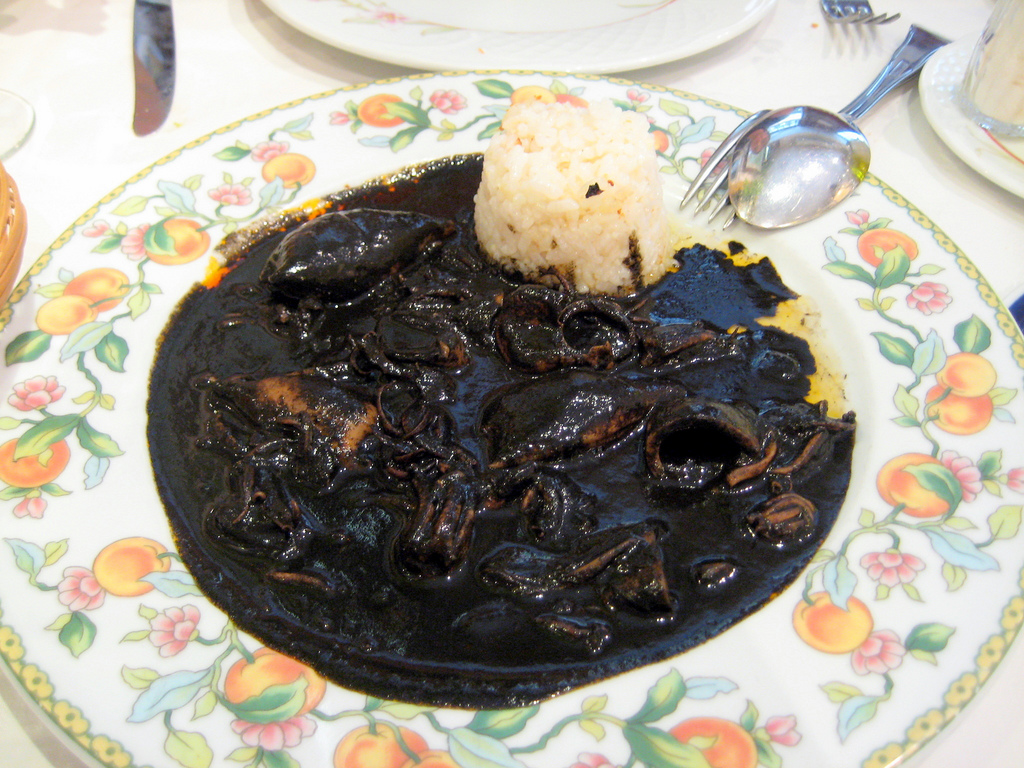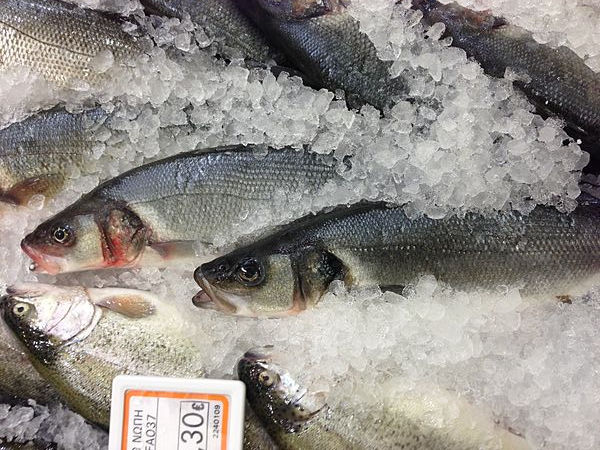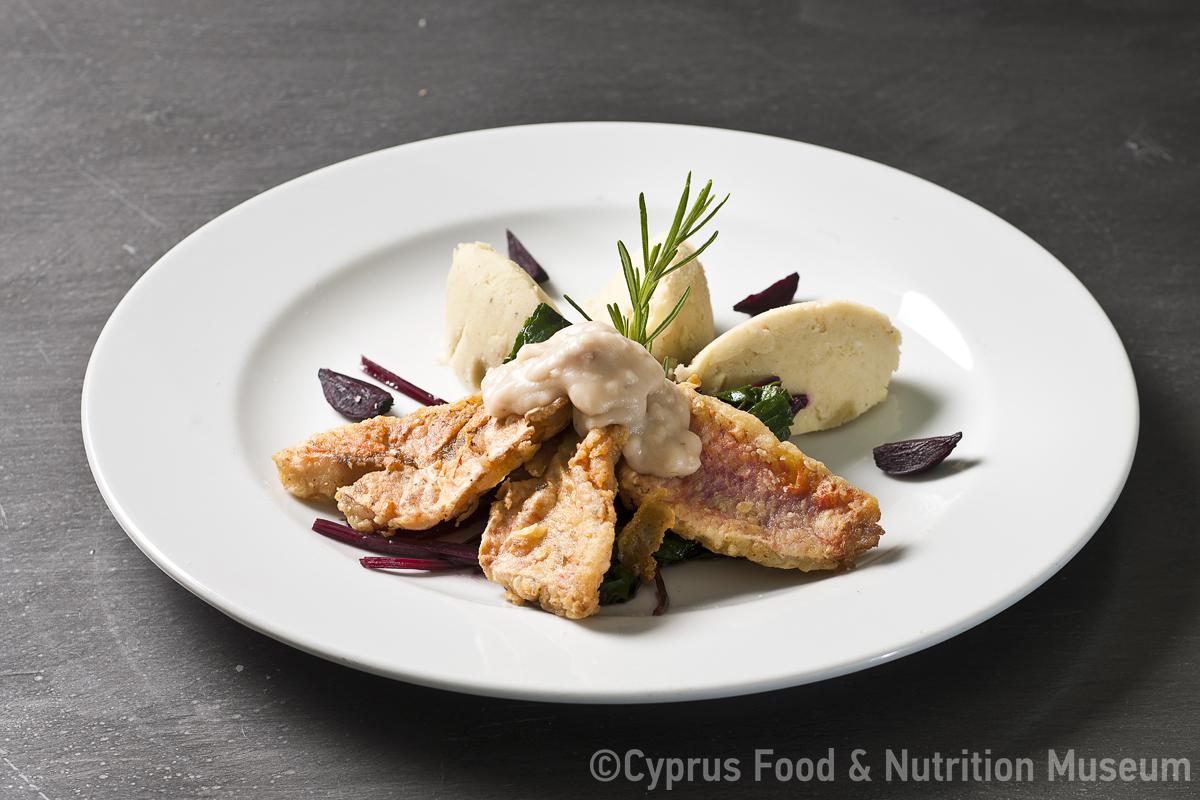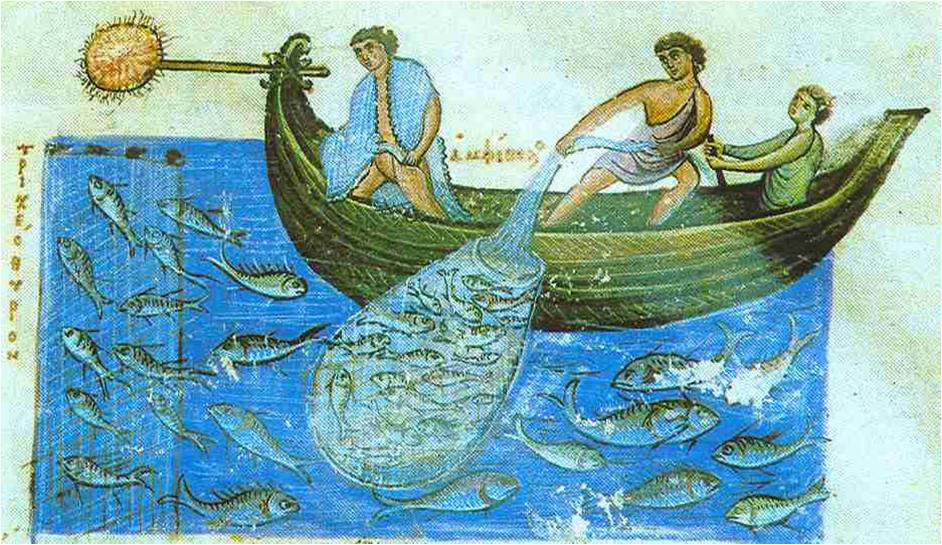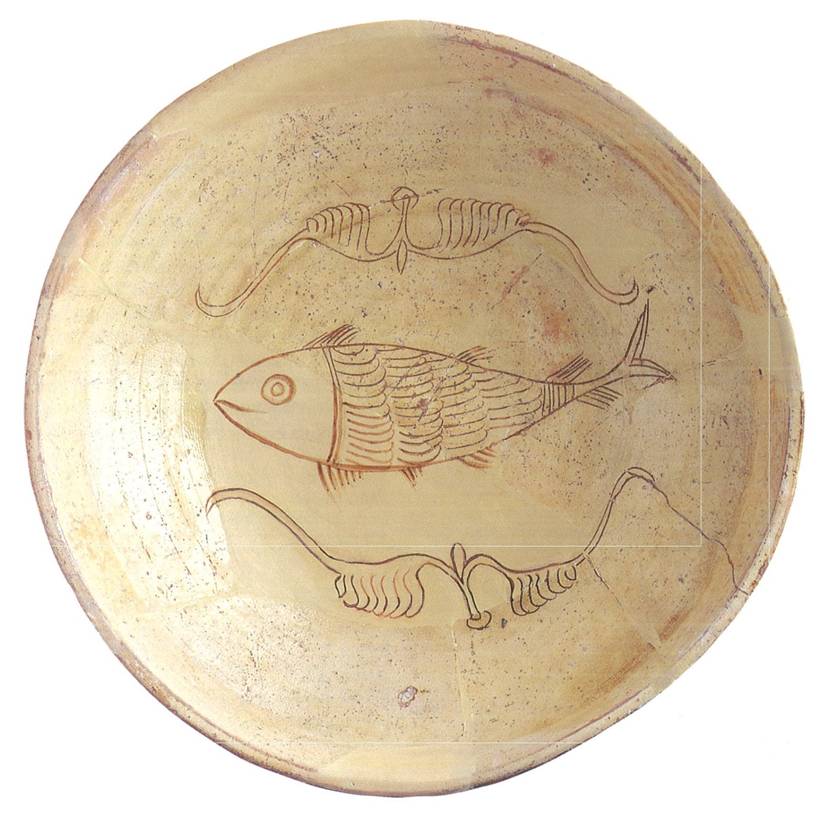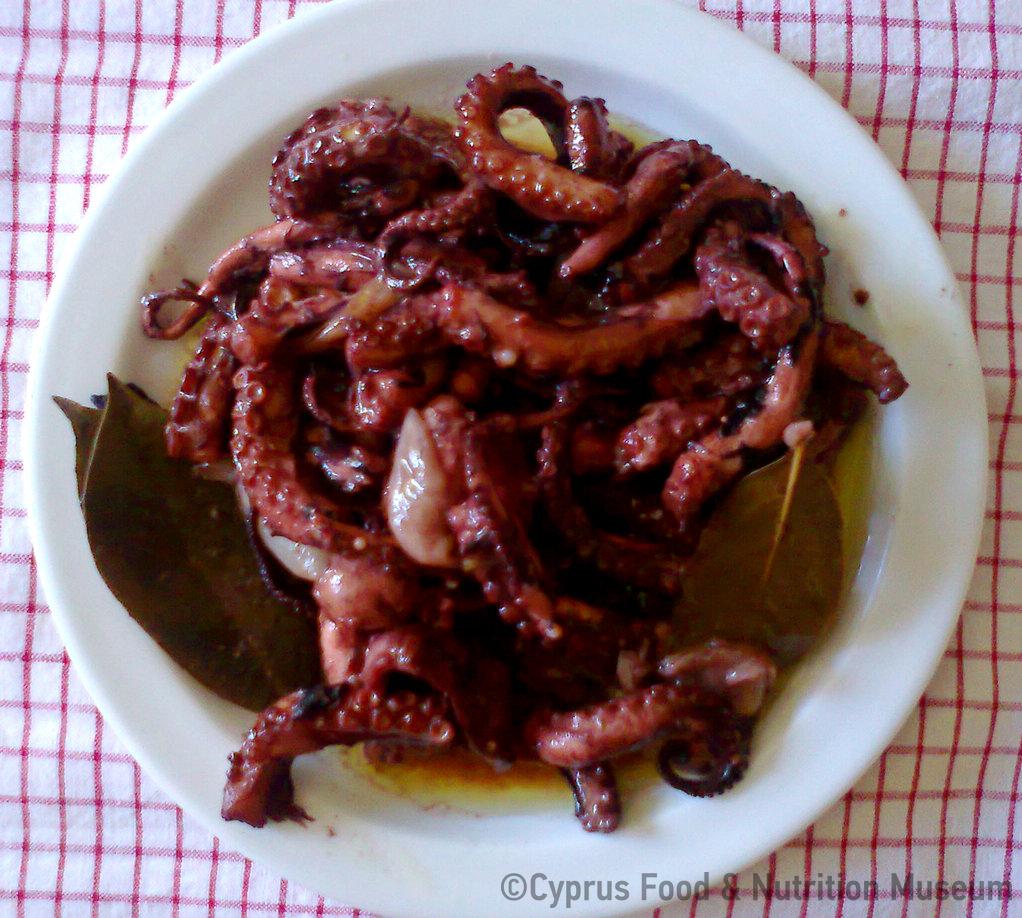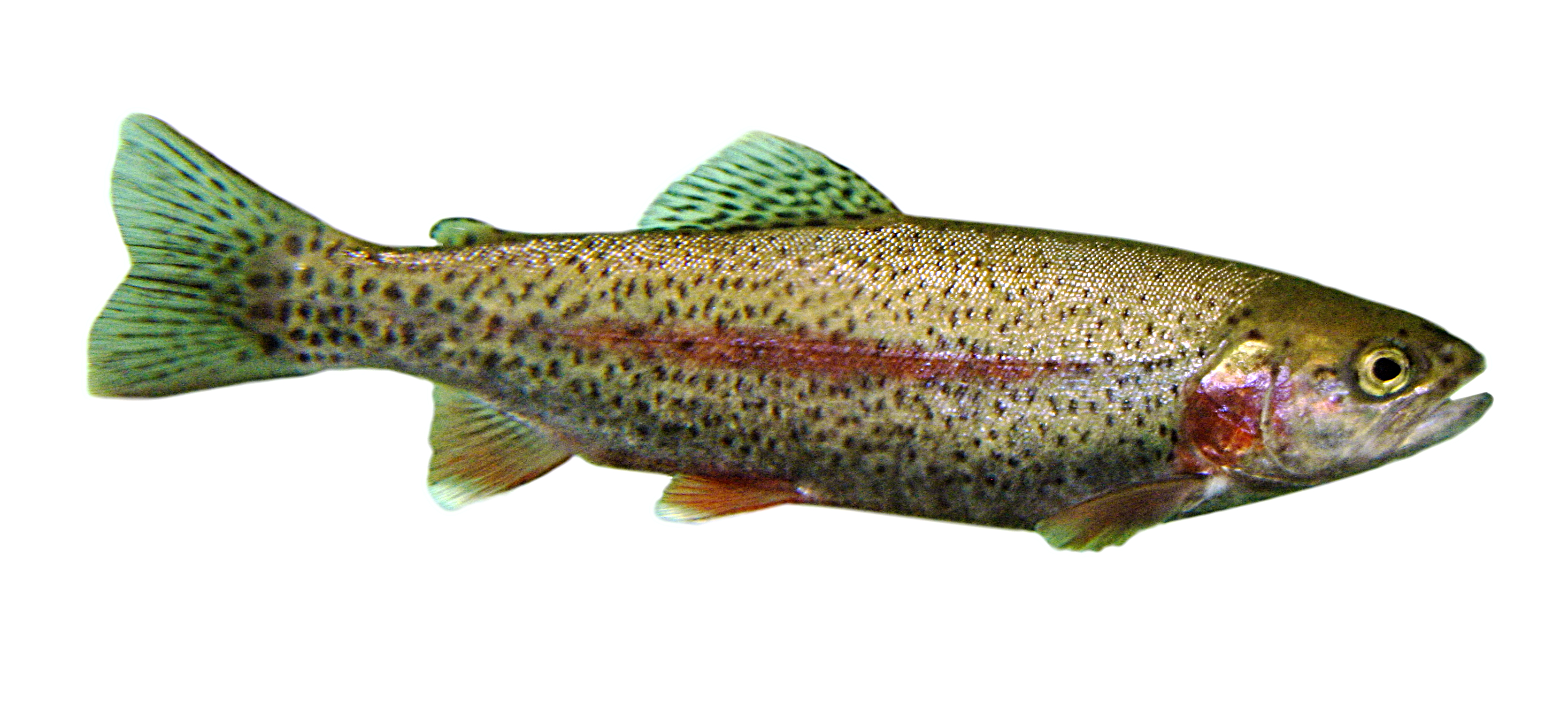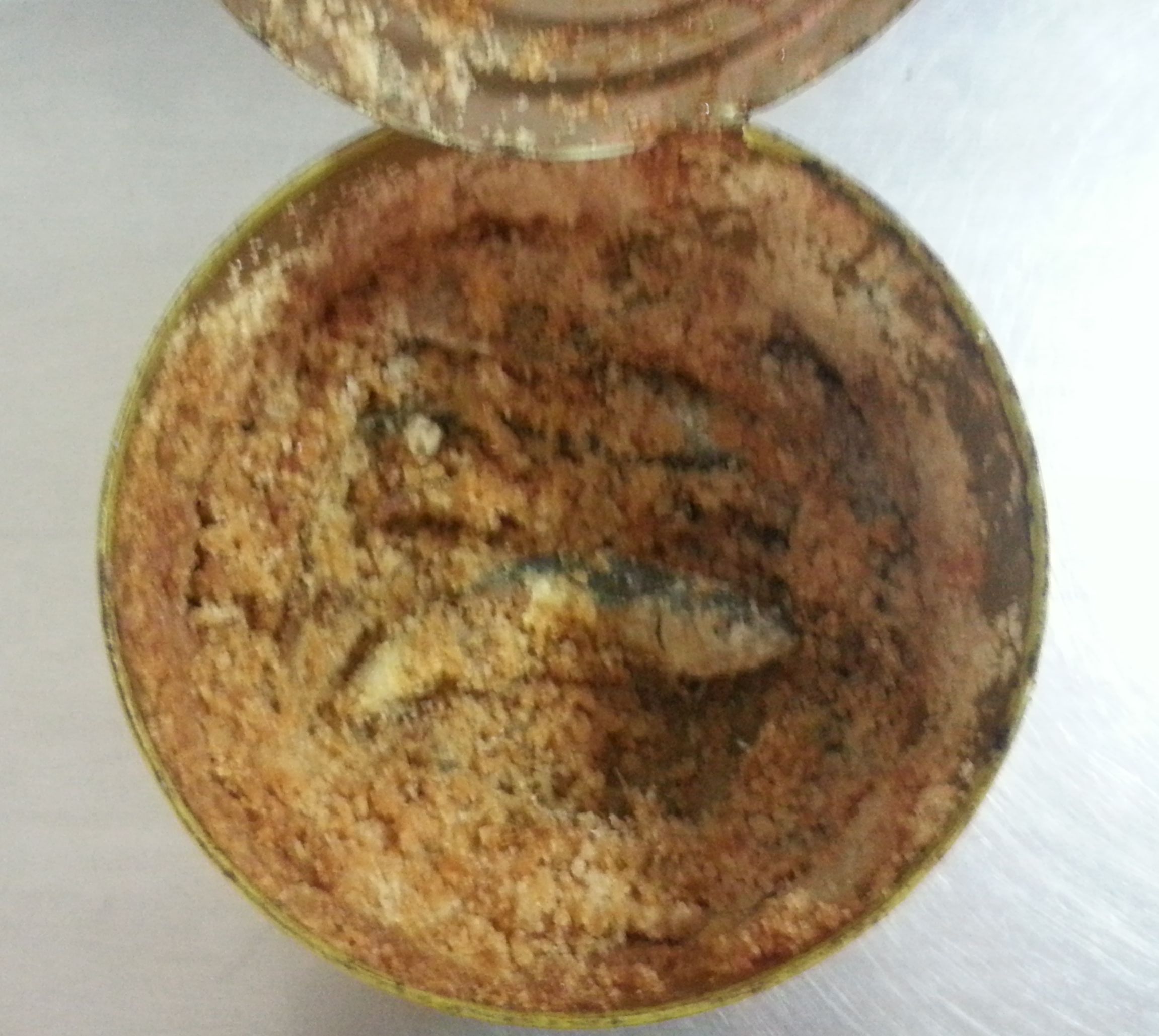The locals of Kythrea would skin and cut the eels into small pieces, salt them and put them in sterko (dry) wine for one to two days. In the same area they also used to grill or fry them.
Name - Origin
χέλι, είδος θαλασσινού
Anguilla Anguilla is usually 40cm - 1m long. Coger coger is twice as long. The female is larger than the male. The body is long cylindrical and more compressed towards the tail. The skin is thick and the scales are small and covered with a slimy substance. The head is small. It has small teeth, and eyes, and has thick lips. It has small gill openings and its dorsal fin is joined to the lower one through the tail. Its color is brown or olive or green with a white-silver belly. It breeds and dies in the sea. It usually lives in fresh water and less often on muddy beaches. It eats insects, worms, small molluscs, etc. (Great Encyclopedia of Cyprus, vol. 3, entry ασσ΄έλλιν,το, 28-29).
ETYM. < ancient εγχέλειον (Yangoullis 2009, entry ασ̆σ̆έλιν,το, 84) ασσιέλιν < έγχελυς (Great Encyclopedia of Cyprus, vol. 3, entry ασ̆σ̆έλιν,το, 28)
Scientific name: Anguilla Anguilla and Coger coger (Great Encyclopedia of Cyprus, vol. 3, entry ασσ΄έλλιν,το, 28)
Ioannis Erotokritos in his Glossary spells the word with two -λ- (ασ̆σ̆έλλιν) and notes that it is used proverbially to denote anything that slips (Kypri 1989, entry ασ̆σ̆έλλιν,το, 345).
“Some species of the family of Osteichthyes are known by this name in Cyprus. In general, all fish that have a snake-like body and have no special name are called ašshelia in Cyprus. However, the true ašsheli is Anguilla anguilla, a species belonging to the category of fish that usually live in freshwater but breed in the sea. The Conger conger is very similar to this species, but is exclusively a marine fish. Although many call it ašshelin, it is more correctly called moungráshiellon' (Great Encyclopedia of Cyprus, vol. 3, entry ασσ΄έλλιν,το, 28-29).
It is consumed boiled, fried, salted, smoked (Great Encyclopedia of Cyprus, vol. 3, entry ασσ΄έλλιν,το, 28-29).
The local people of Kythrea would skin and cut the eels into small pieces, salt them and put them in sterko (dry) wine for one to two days. In the same area they also used to grill or fry them. Ašshelia were considered by the Kythreans as an ideal wine meze (Petasis 1992, 256).
They used to prepare them, fried, a few times per year (Oral testimony: Eleni Georgiou, 85 years old, Kampos tis Tsakistras, Anthoulla Aristodimou, 72 years old, Kampos tis Tsakistras - Nicosia).
Additional information and bibliography
Fishing with a spear and torch. In the past it was caught with 'kofines' (baskets were placed in narrow river passages, especially in November) while using drugs (vlomos or flomos) or plants (sterakomela) (Great Encyclopedia of Cyprus, vol. 3, entry ασσ΄έλλιν,το, 28-29).
The following are mentioned for eel fishing: The inhabitants of Skyloura used to fish in the Diplopotamos, east of Deneia. They would fish there with large reeds, on which they would fix a hook and put a worm for bait. In order to force the eels to come out above the water they would use a plant, the tsounna. They would push it into the water with stones. This would cause the eels to become dizzy and come up. Also, when it was raining, as the water would become turbid, the eels would go in the direction of the water, so the fishermen would take advantage of this to catch them (Theodorou 2009, 128). In Kampos tis Tsakistras they used to collect the eels from the rivers, by throwing a plant (steratz̆ia) in the water, which has a sedative property. The eels, as if hypnotised/drunk, would gather at the surface and the people would wait with baskets and collect them. (Oral testimony: Eleni Georgiou, 85 years old, Kampos tis Tsakkistras, Anthoulla Aristodimou, 72 years old, Kampos tis Tsakkistras - Nicosia).
“Fishing was very popular in Cyprus in the past, when there were too many ašshelia in the rivers. The reasons for their alarming decline, almost extinction, is the use of insecticides which significantly affected the rivers' waters, as well as the interruption of their flow to the sea after the construction of dams. In the past, there were so many ašshelia in Cyprus that the authorities considered the imposition of a 10% tax on asheli fishing. In the old days the villagers used to throw ašshelia in their wells to keep the water clean, and mainly to use them to open the "veins" of the water, because these fish used to burrow into holes and mud” (Great Encyclopedia of Cyprus, vol. 3, entry ασσ΄έλλιν,το, 28-29).
Yangoullis K. G. (2009), Thesaurus of the Cypriot dialect. Interpretative, Etymological, Phraseological and Nomenclatural Dictionary of the Medieval and Modern Cypriot Dialect, Theopress Publications, Nicosia.
Theodorou M. (2009) Σκυλλούρα: ταξίδι μνήμης και αγάπης, Nicosia.
Kypri Th. D. (ed.) (1989), Materials for the compilation of a historical dictionary of the Cypriot dialect, Part C, Glossary of Ioannis Erotokritos, Publications of the Centre for Scientific Research, XIV, Nicosia.
Pavlides A. (ed.) (1985), Great Encyclopedia of Cyprus, vol. 3, Filokypros, Nicosia.
Petasis G. (1992), The small town of Kythrea: historical, archaeological, cultural and folklore overview, Stelios Livadiotis Ltd., Nicosia.
Petasis G. (1992), Η κωμόπολη της Κυθρέας: ιστορική, αρχαιολογική, πολιτιστική και λαογραφική επισκόπηση, Stelios Livadiotis Ltd., Nicosia.
Oral. testimonies: Eleni Georgiou, 85 years old, Kampos tis Tsakistras. Anthoulla Aristodimou, 72 years old, Kampos tis Tsakkistras - Nicosia.
Stalo Lazarou, Dimitra Demetriou, Eleni Christou, Kyriaki Panteli, Argyro Xenophontos


